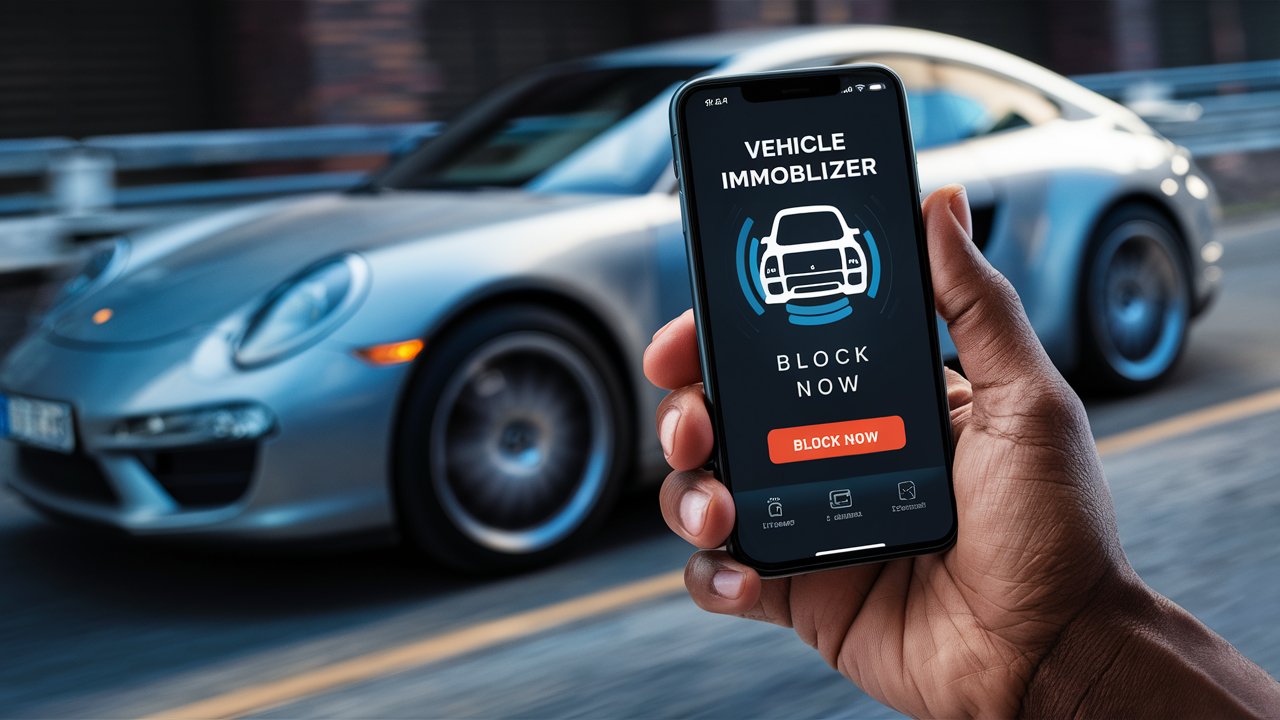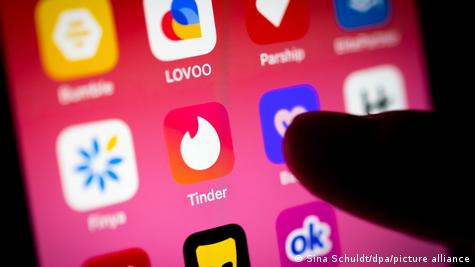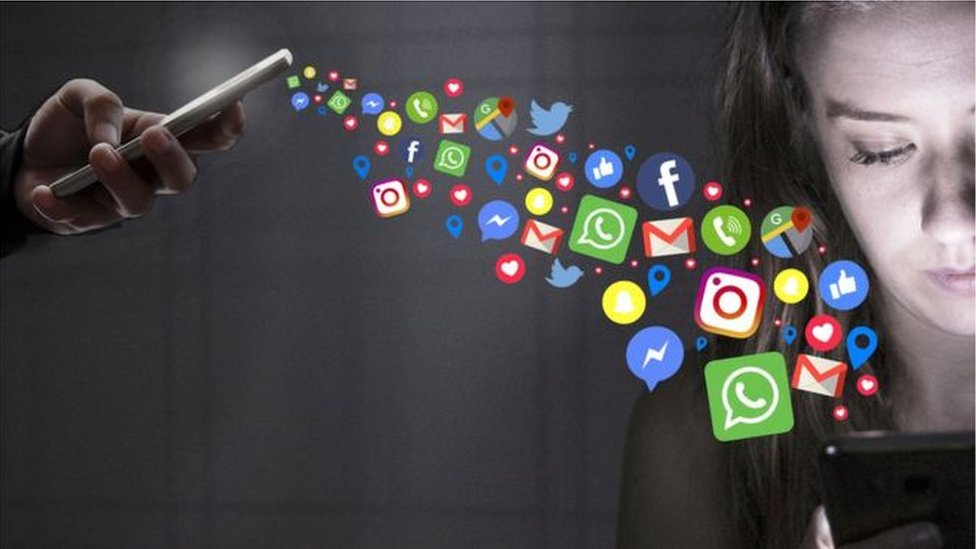Medical technology constantly offers us new things that challenge what previously seemed impossible. One of these advances is the ability to perform ultrasounds using just a cell phone, without the need for an external transducer. This technology, although still in its early stages, promises to revolutionize the way we perform medical diagnoses, making them even more accessible and immediate. The idea is to use advanced algorithms and existing hardware in smartphones to capture and interpret ultrasound data.
This type of application has the potential to further democratize access to healthcare, allowing important exams to be performed in remote locations or in emergency situations where traditional ultrasound equipment is not available. As smartphone hardware evolves and software continues to improve, the limits of what is possible in mobile medicine continue to expand.
Using ultrasound applications on your cell phone without the need for a transducer is a true technological feat. The developers of these applications use sensors integrated into smartphones, such as microphones and accelerometers, to capture vibrations and sound waves that, through sophisticated processing, are converted into ultrasound images. This advancement not only simplifies the equipment needed to perform an ultrasound, but also significantly reduces the associated costs.
EchoNous AI
EchoNous AI is a promising innovation in the field of ultrasound performed by mobile devices without the need for external transducers. This app uses artificial intelligence to analyze data collected directly by smartphone hardware, providing surprisingly high-quality ultrasound images. The software is constantly evolving, with updates that improve its accuracy and usability.
EchoNous AI stands out for its ease of use and ability to integrate with existing healthcare systems, facilitating the transfer and analysis of medical data. Ideal for clinical environments with limited resources, this app can be a valuable tool in primary care and emergency situations.
MobileDiagnostics
MobileDiagnostics represents another front in the evolution of mobile ultrasound. This app uses the device's sensors to create ultrasound images for simple diagnostics, such as abdominal and heart exams. MobileDiagnostics' simplicity makes it accessible to healthcare professionals with different experience levels, contributing to its adoption in a variety of contexts.
Additionally, MobileDiagnostics offers an integrated learning platform that helps users interpret images by providing tutorials and step-by-step guides. This not only increases the effectiveness of the app, but also promotes greater medical education among healthcare professionals.
Clarius Ultrasound
Clarius Ultrasound is an innovative app that turns any smartphone into a functional ultrasound device, with no additional hardware required. Using your phone's microphone and camera, Clarius Ultrasound captures sound waves and vibrations that are processed to generate ultrasound images. This app is particularly useful in low-resource scenarios or while traveling.
The Clarius Ultrasound's ability to operate without additional equipment makes it an ideal solution for doctors and nurses in rural areas or on humanitarian missions. Portability and ease of use are key features that make this application a valuable addition to the medical toolbox.
UltrasoundApp
UltrasoundApp uses cutting-edge technology to allow ultrasound exams to be performed directly from a smartphone. This app is based on advanced software that interprets the information collected by the phone's sensors, converting it into detailed images. Ideal for rapid screening and monitoring of chronic conditions, the UltrasoundApp is a powerful tool in any clinical setting.
The app not only offers the ability to perform ultrasound exams anywhere, but also includes data sharing functionality, facilitating collaboration between medical teams. With its intuitive interface, UltrasoundApp is accessible even to those who have no prior experience with ultrasound.
QuickScan Mobile
QuickScan Mobile is an innovative ultrasound solution that employs advanced algorithms to analyze data captured by a smartphone's internal sensors. This app is designed to be used in a variety of medical scenarios, from evaluating patients in emergency settings to monitoring pregnancies in low-resource clinics.
With its intuitive design and robust features, QuickScan Mobile simplifies the process of obtaining ultrasound images, making it accessible and practical. The application also has a data storage and analysis system, which helps healthcare professionals maintain accurate records and make informed decisions based on the images generated.
4.4
Features and Technological Advances
Transducer-free cell phone ultrasound applications are at the forefront of medical innovation, bringing with them a series of features that expand their capabilities. These apps not only generate ultrasound images but also offer tools for analysis and diagnosis. Integration with electronic medical records systems and the ability to share images in real time are just some of the features that increase its usefulness.

FAQ
- How do transducerless ultrasound apps work? The applications use existing sensors in smartphones, such as microphones and accelerometers, to capture data that is processed by advanced algorithms, resulting in ultrasound images.
- Can these apps replace traditional ultrasounds? Although promising, these applications currently serve more as screening tools or for use in conditions where access to traditional equipment is limited. They do not completely replace conventional ultrasound systems, especially for more complex diagnoses.
- What is the cost associated with these applications? Costs can vary, but are generally significantly less than traditional ultrasound systems, making them affordable for a wider range of users.
- Are the apps secure and accurate? The developers of these apps are constantly improving accuracy and security through regular updates. However, like any medical tool, accuracy may vary depending on specific conditions of use.
- Is any special training required to use these applications? Most apps are designed to be intuitive and accessible, with many offering built-in tutorials and support to help new users.
Transducer-free cell phone ultrasound apps are an impressive example of how technology can be used to improve access to healthcare. While there is still room for development and improvement, these tools offer promising possibilities for performing medical diagnoses more quickly, cost-effectively, and in previously inaccessible locations. With the continuous advancement of smartphone technology, the future of these apps is certainly bright and full of potential.





